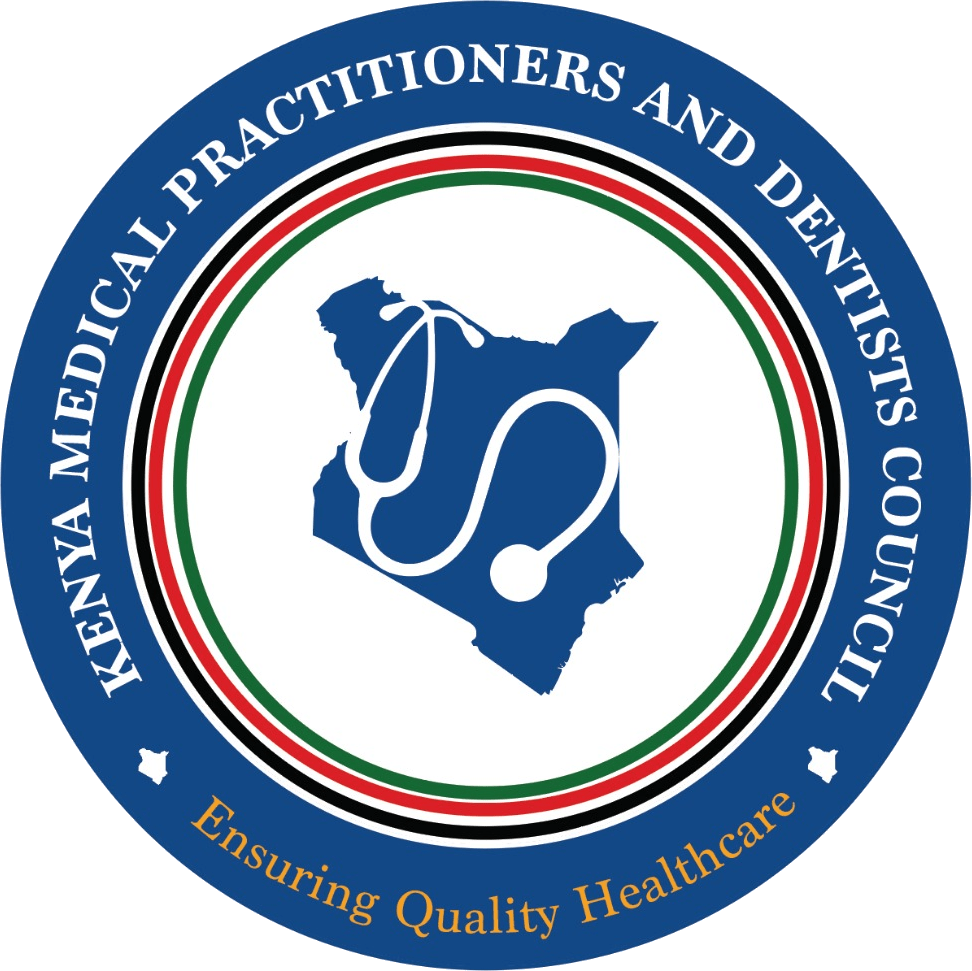Starting on:
Jan 24, 2025
Ending on:
Jan 24, 2025
Moderator(s):
Venue:
KUTRRH
Max Credits:
3 Points
Provider:
Kenyatta University Teaching and Referral Hospital
Claim Points
Jan 24, 2025
Ending on:
Jan 24, 2025
Moderator(s):
KUTRRH
Max Credits:
3 Points
Provider:
Kenyatta University Teaching and Referral Hospital
Claim Points
KUTRRH CANECSA Case Study - Theatre
Starting on:
Jan 24, 2025
Jan 24, 2025
Ending on:
Jan 24, 2025
Jan 24, 2025
Venue:
KUTRRH
KUTRRH
Description
Understand the Clinical Presentation and Diagnosis • Review the patient’s history, examination findings, and diagnostic imaging. • Discuss the pathophysiology of dentigerous cysts and their surgical implications.
Objectives
Understand the Clinical Presentation and Diagnosis
• Review the patient’s history, examination findings, and diagnostic imaging.
• Discuss the pathophysiology of dentigerous cysts and their surgical implications.
• Analyze Preoperative Assessment and Planning
• Evaluate the importance of thorough airway assessment in pediatric patients.
• Identify key anesthesia concerns and mitigation strategies for difficult airways.
• Explore Anesthetic Techniques and Challenges
• Examine the induction and airway management plan, including the use of video laryngoscopy and nasal intubation.
• Discuss the intraoperative complications encountered, including laryngospasm and bronchospasm.
• Manage Critical Incidents in Pediatric Anesthesia
• Identify signs and symptoms of laryngospasm and bronchospasm.
• Review pharmacological and mechanical interventions for airway emergencies.
• Discuss differential diagnoses for increased airway pressures and wheezing during anesthesia.
• Apply Preventive Strategies for Airway Complications
• Learn evidence-based measures to prevent laryngospasm and bronchospasm.
• Understand the role of preoperative optimization and intraoperative vigilance.
• Reflect on Clinical Decision-Making and Team Communication
• Analyze the decision to proceed with surgery post-stabilization.
• Emphasize the importance of multidisciplinary collaboration and family communication.
• Promote Continuous Learning and Quality Improvement
• Identify system deficiencies and areas for improvement.
• Encourage discussion on facility-based variations and research opportunities.
Presenters
-
Dr.
Jeremy Githome
Dr.

